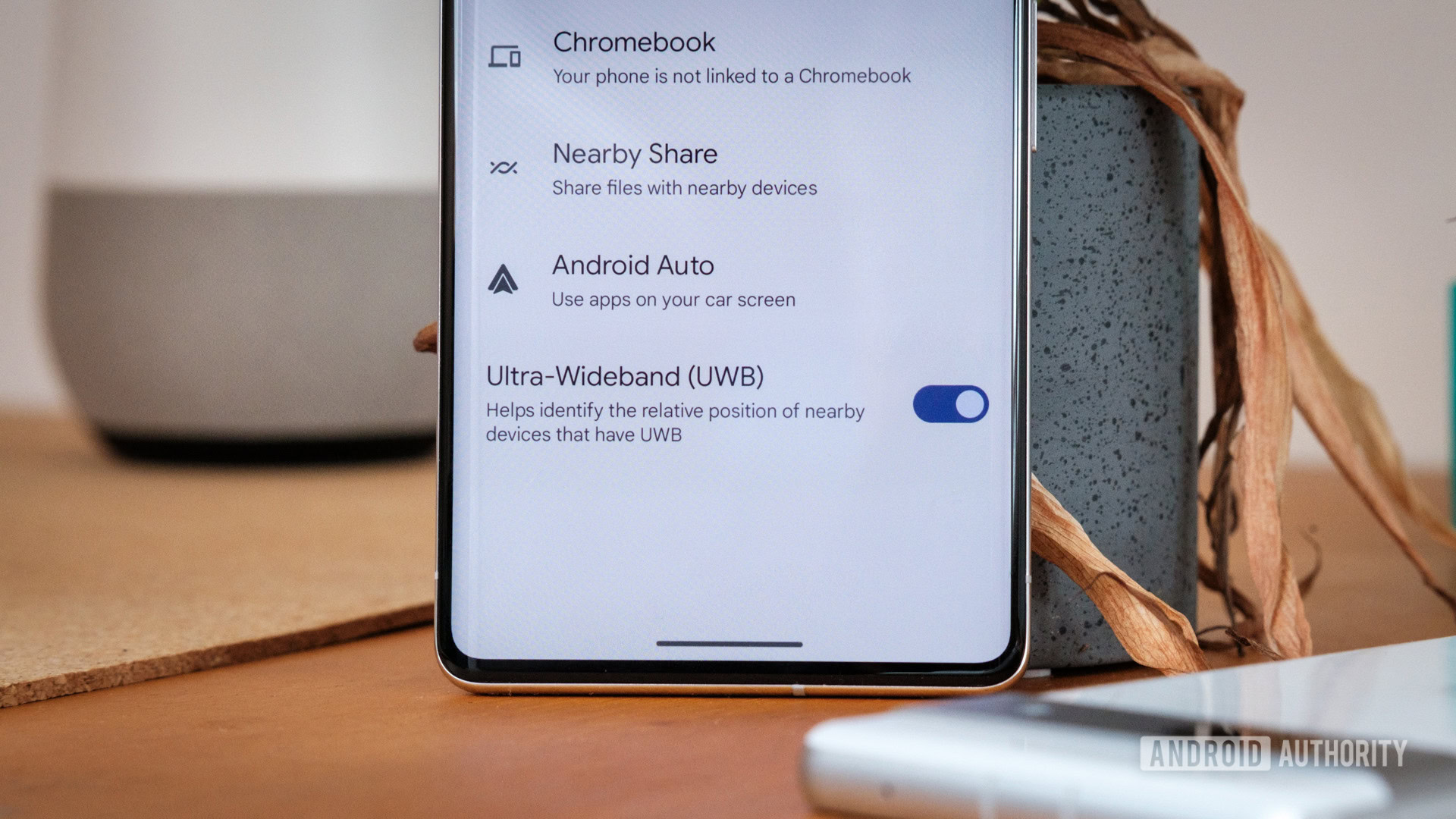
Robert Triggs / Android Authority
TL;DR
- When Qualcomm launched the Snapdragon 8 Elite earlier this month, Android Authority reported that every smartphone with the new chip would support UWB connectivity.
- This is because the FastConnect 7900 connectivity platform integrates Bluetooth, Wi-Fi, and UWB on a single chip, so OEMs don’t need to add any extra hardware if they use it.
- However, Qualcomm has now confirmed to us that it’s up to OEMs to enable UWB, and several are not.
Qualcomm unveiled its long-awaited Snapdragon 8 Elite system-on-chip earlier this month, ushering in a new era of high-performance Android phones. The Snapdragon 8 Elite packs a lot of AI and performance-related improvements, but it also has some connectivity-related enhancements, too. We were hoping that one of those improvements would be built-in ultra-wideband support for every phone with the chipset, but unfortunately, not every phone with the Snapdragon 8 Elite will support the technology.
Ultra-wideband, or UWB for short, is a short-range wireless communication protocol that enables super-precise location tracking. It enhances the experience of using your Android phone as a digital car key, connecting to nearby devices to share files over Quick Share, or casting media to your Pixel Tablet. It’s also what makes Apple’s AirTags really good at locating your misplaced belongings, which is something that item trackers compatible with Google’s Find My Device network aren’t as good at yet. The reason for that is that the Find My Device network doesn’t support using UWB to locate items, but that’s set to change in the near future. Unfortunately, many upcoming flagship Android phones won’t be ready to take advantage of that or any other UWB-enabled feature, as their OEMs will skip the feature to reduce costs.
The Snapdragon 8 Elite and its FastConnect 7900 connectivity platform was supposed to change that — or at least, that’s what we thought. When Qualcomm announced the FastConnect 7900, it said it was a single chip solution that supports Bluetooth, Wi-Fi, and UWB. Previous iterations of the FastConnect platform only supported Bluetooth and Wi-Fi, meaning OEMs would need to add a separate UWB module if they wanted their devices to support the connectivity. That’s what companies like Samsung have been doing for years now, but it’s something that many manufacturers understandably haven’t been doing because it raises costs and takes up additional space.
When Qualcomm announced the Snapdragon 8 Elite last month, a representative for the company told Android Authority that the “FastConnect 7900 is a single-chip 6nm solution. OEMs do not need to add any extra UWB hardware.” When asked if OEMs need to pay any extra licensing fees to Qualcomm to use this integrated UWB solution, a representative told us that “all features and capabilities are delivered as a single chip solution.”
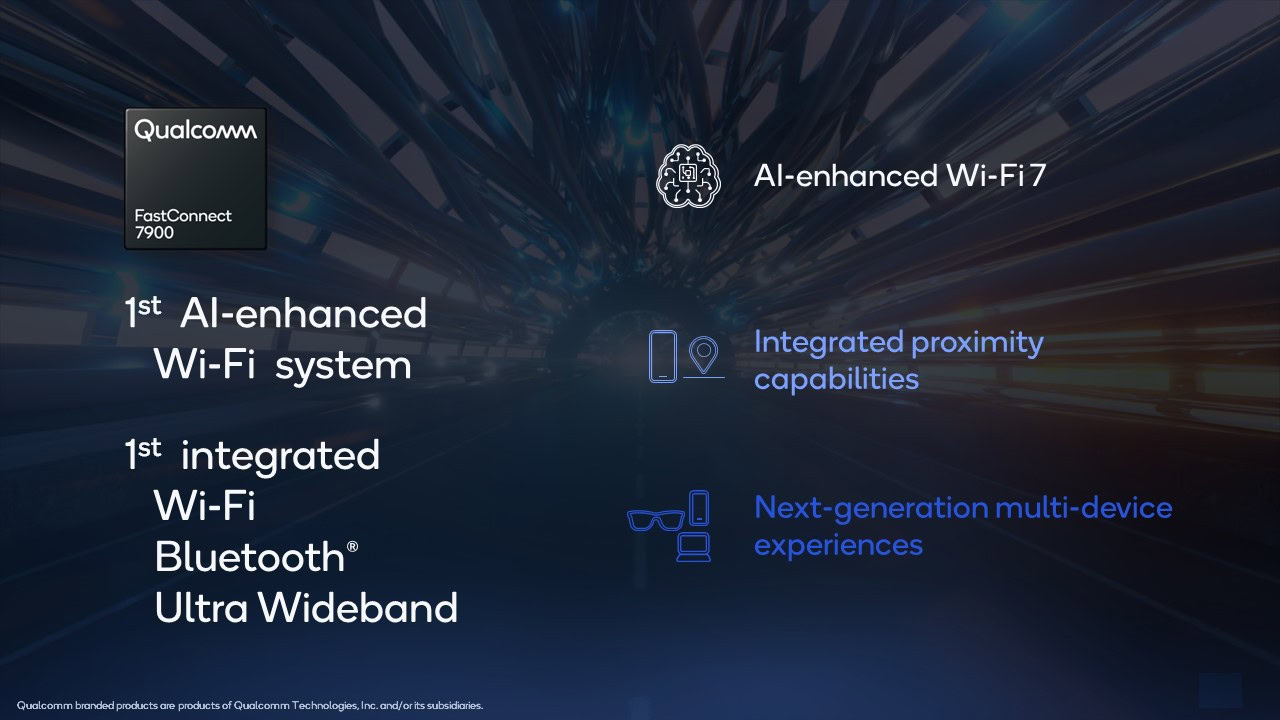
However, I was skeptical that this actually meant every Snapdragon 8 Elite phone will support UWB. As far as I know, the FastConnect 7900 isn’t actually integrated into the SoC, but is rather an external component. At least, it was that way in the past, so I waited for OEMs to release phones with the Snapdragon 8 Elite to find out if they all actually do support UWB. A Chinese developer who goes by @realMlgmXyysd on X purchased the OnePlus 13 and the Xiaomi 15, both powered by the Snapdragon 8 Elite, and checked that they do not, in fact, support UWB. Their spec sheets don’t mention it, nor do they declare the android.hardware.uwb flag that tells the Android OS that they support UWB.
I contacted Qualcomm about this and was told by a representative that “Snapdragon 8 Elite devices can support UWB thanks to FastConnect 7900, but it’s up to the OEM to determine if they want to utilize the feature.” While this statement doesn’t clarify whether the FastConnect 7900 is integrated into the Snapdragon 8 Elite or not, it does confirm that UWB is an optional feature even if it is.
The Realme GT7 Pro that we used for our real-world Snapdragon 8 Elite benchmarking also does not support UWB, and when we asked why, we were told that “during our product definition phase, we found that real usage scenarios for UWB are very limited, so we chose a solution without UWB.” This statement suggests that either Realme isn’t using the FastConnect 7900, or it is but chose not to enable UWB.
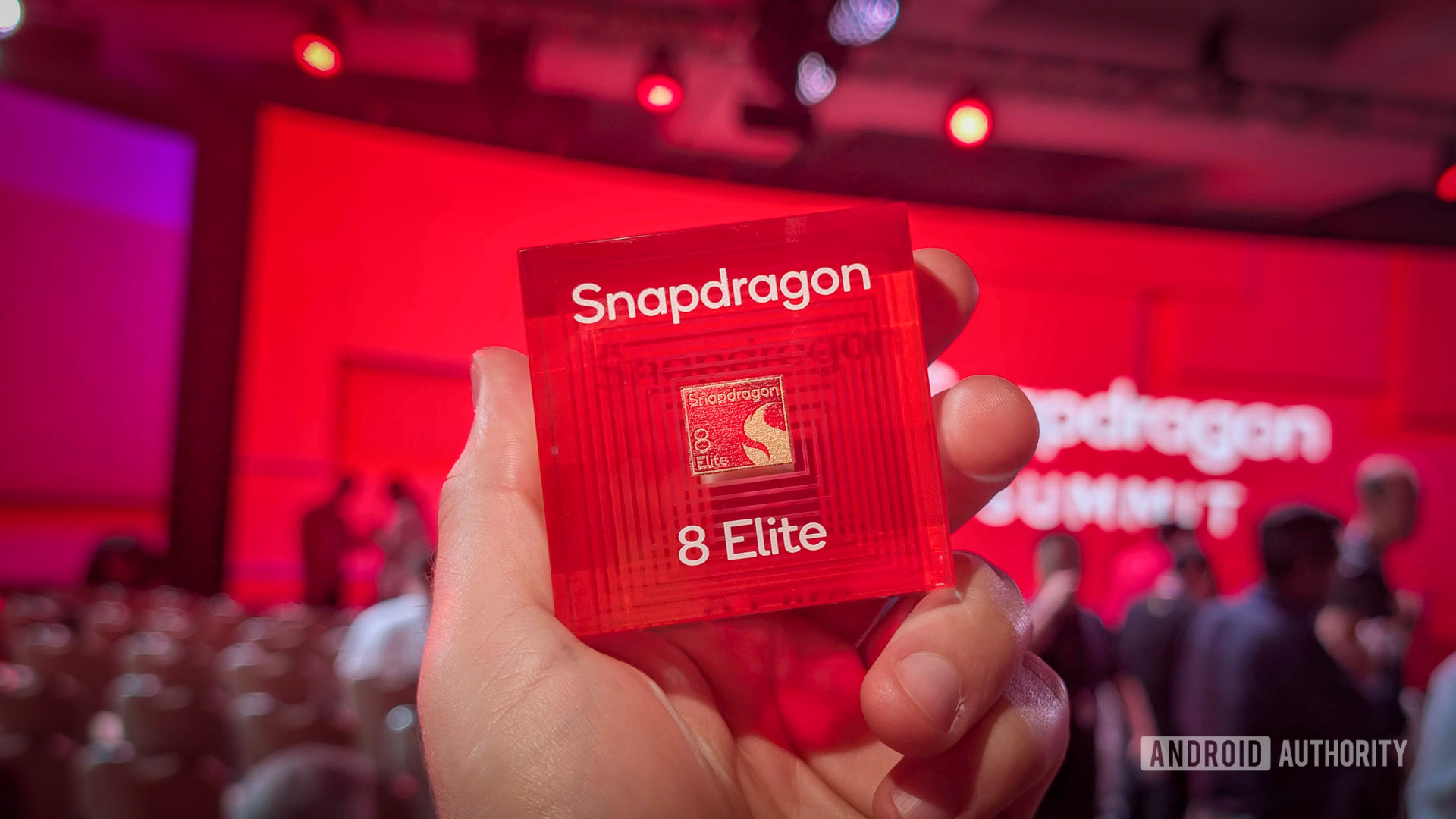
C. Scott Brown / Android Authority
What we can take away from these two statements is that UWB support will still be up to OEMs, and that some won’t go through with enabling it, even if they do use the FastConnect 7900. While it’s unfortunate, it makes some sense, as it’s certainly not a “free” feature to enable.
After all, UWB involves sending out radio waves, and that’s regulated differently by each country — it’s how we’ve found out that several devices support UWB before they’ve even launched, as their certification filings showed they were tested for it. Some countries straight up ban UWB use, while others have different requirements about what frequency channels it can be operated under. This means that OEMs that want to enable UWB have to go through the calibration, testing, and certification process for every country they want to sell their device in, and given how limited UWB’s uses are right now, I can understand why some might not want to do that.
It’s a shame, though, since the fewer Android devices that support UWB, the less incentive developers and tracker tag makers have to release products using it. At the very least, Qualcomm integrating UWB into the FastConnect 7900 should make it easier for those OEMs who do want to enable UWB to actually do so.
Got a tip? Talk to us! Email our staff at [email protected]. You can stay anonymous or get credit for the info, it's your choice.

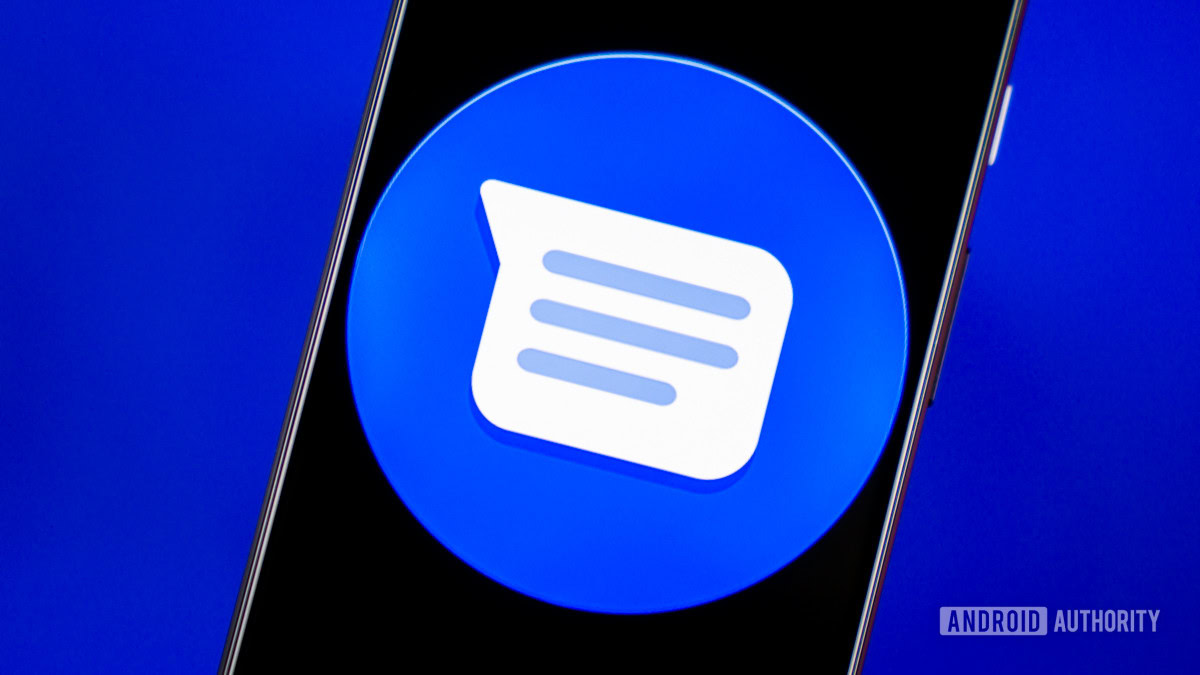
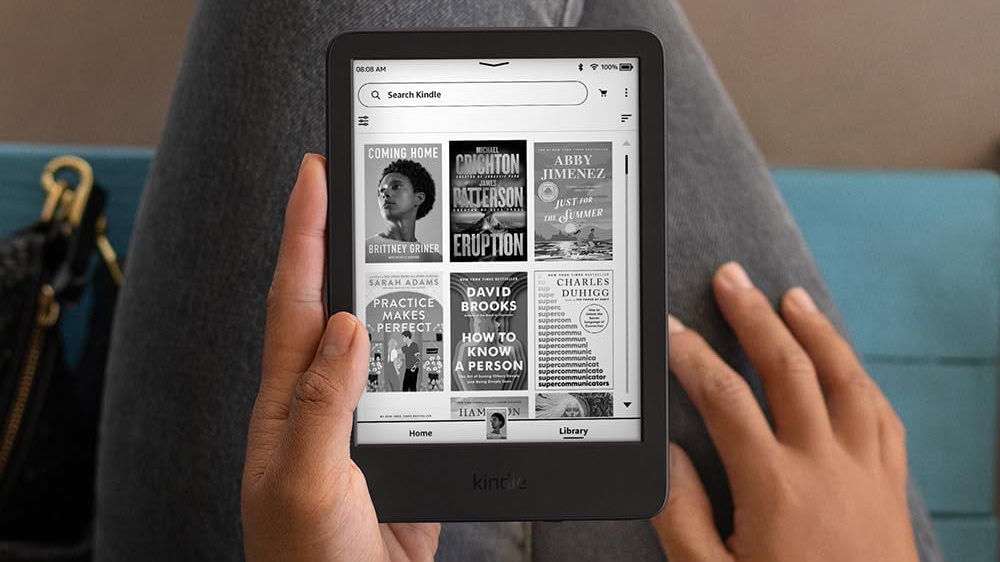
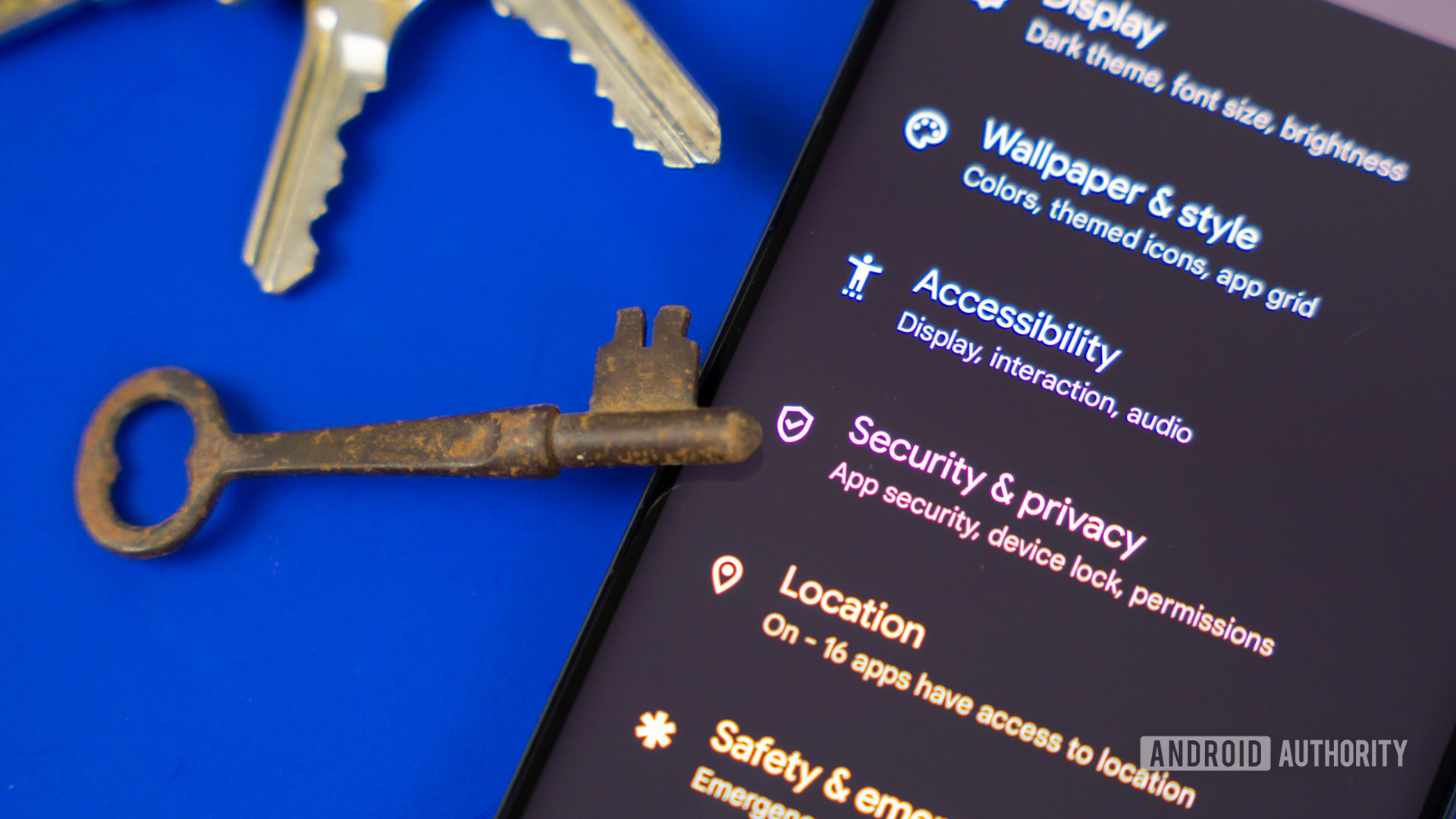




 English (US) ·
English (US) ·